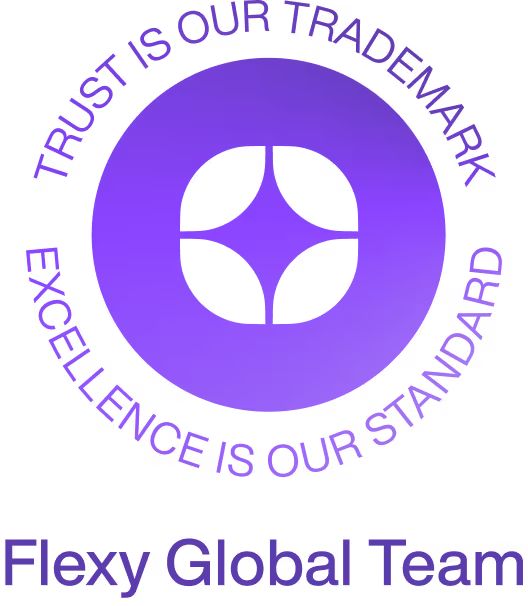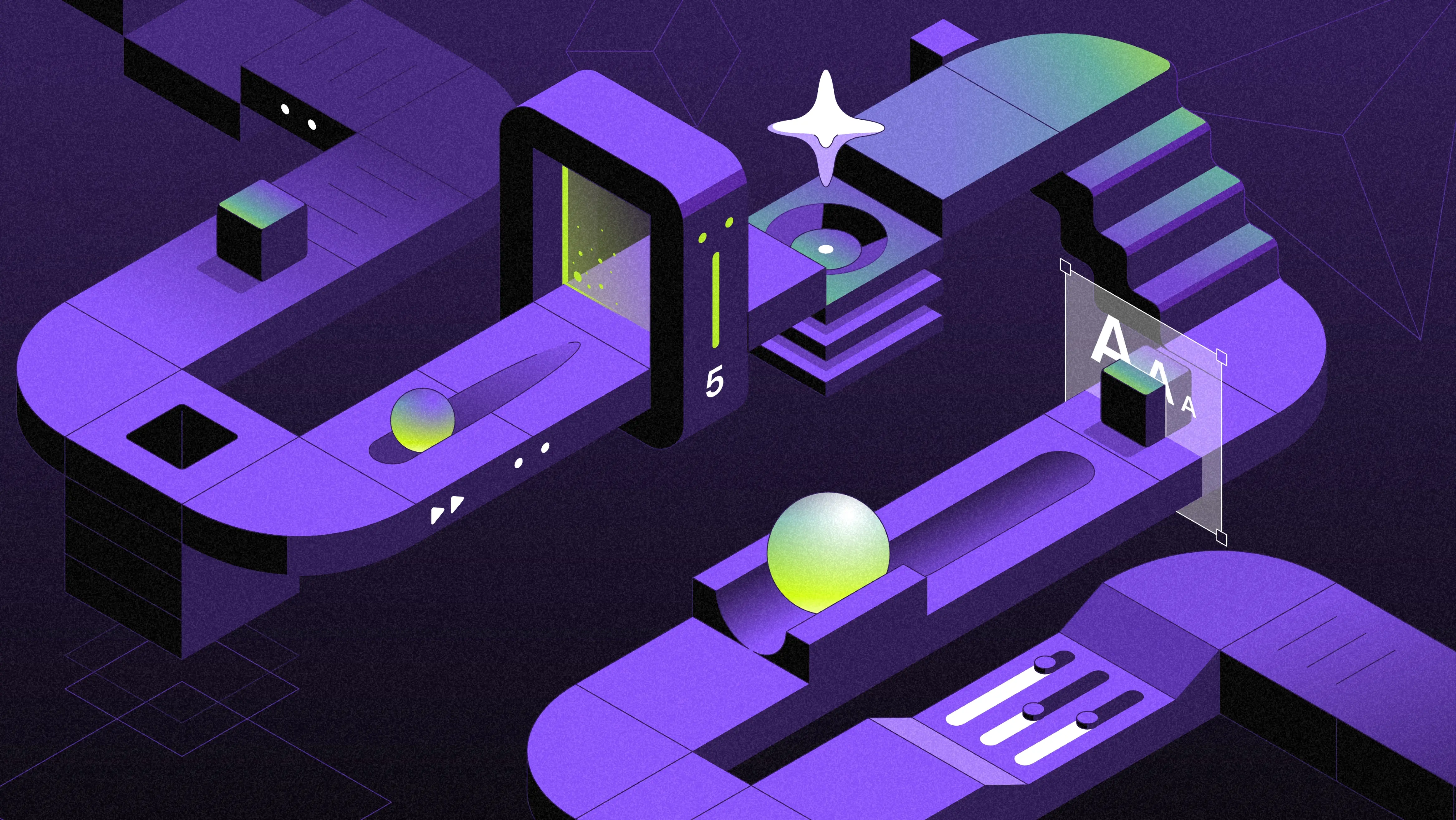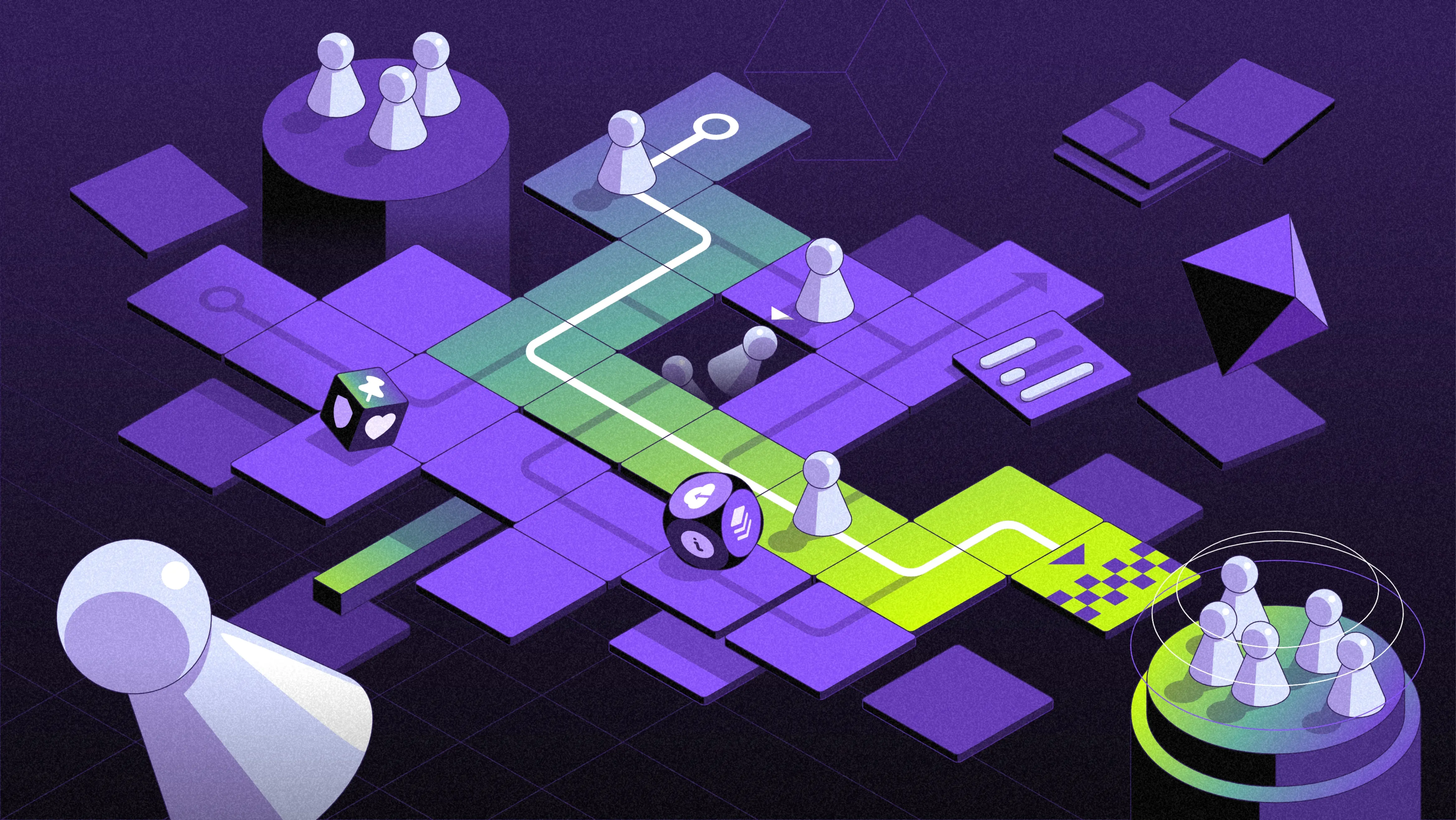When users land on your platform, they typically look for an efficient experience tailored to their needs, offering quick access to the information or features they're looking for.
To reduce bounce rates and make sure your platform always delivers, let's learn about ways your SaaS design can create a magnetic experience, pulling users in and making them true fans of what you offer.
The better you understand your user’s behavior, the easier it will be to boost conversions and extend session lengths.
In this article
Improve conversion rate with these SaaS UX design techniques
01. Growing Trust With Social Proof
People tend to care about what others think or do. This is called a conformity bias.
Most people look through at least 10 online reviews before taking action and making a purchase, and 57% of customers will only use a service if it boasts a 4-star rating or higher.
To improve brand trust and loyalty, make sure you display your achievements and positive testimonials in plain sight.
We advise you to include some of the following social proof details in your SaaS UX design:
- Customer testimonials,
- Trust badges,
- Reviews and ratings,
- Success stories,
- Rankings,
- A list of brands using your product.
02. Turning Complexity into an Intuitive UX
Designing a clear navigation and intuitive information architecture is necessary for conversion rate growth. Information Architecture (IA) is the way that a SaaS UI content is organized and structured.
“With an effective IA, your UX design will be more user-centric and improve content accessibility.”
This includes straightforward navigation that helps users easily find what they need. For example, role-based access control (RBAC) can simplify navigation by showing only the relevant content and tools for each user's role, making the experience more focused and efficient.
Our advice is to:
- Use clear, descriptive labels for the main menus and actions,
- Break down information into smaller, manageable blocks,
- Add micro-interactions to make the platform more enjoyable to use,
- Make your SaaS product design consistent and responsive.
03. Keeping Them Hooked From The Start
For a SaaS company, registration is the first point of contact with a user. This touchpoint needs to be as straightforward as possible to build user satisfaction and lower customer support costs.
According to Heap, sign-ups increase when you simplify your sign-up process and offer a one-click third-party OAuth signup. If the sign-up UX design has too many steps or is unnecessarily complicated it can frustrate users, causing them to abandon the site. We wouldn't want that, so here is the solution— simplify the registration process, and keep users engaged and motivated so that they can quickly start benefiting from the app.
Having designed countless registration experiences, we developed these guidelines for you to follow:
- Only ask for essential information,
- Reduce time by giving the option to sign up using social media accounts,
- Give clear instructions,
- Display security badges for assurance of privacy,
- Add well-placed hints or examples,
- Use inviting language for the CTAs,
- Use progress bars or indicators,
- Provide immediate feedback in case of error,
- Immediately engage users after registration.
When you simplify user paths, you create an experience that’s not just user-friendly but also memorable. This approach can stimulate user engagement and, ultimately, conversions on your platform.
04. The Magic of First Impressions
Forrester Research found that a frictionless UX can make your customer conversion rates grow by 400%. That's exactly why a clear, intuitive onboarding experience is essential. It's like having a friendly guide in a new city - showing the ropes, making you love the place, and more importantly, making you want to stay.
We advise you to:
- Shorten the sign-up process,
- Personalize the onboarding experience for different types of users,
- Offer interactive tutorials and animations,
- Implement progress trackers,
- Create positive reinforcement with congratulatory messages.
Read more about SaaS landing page examples that bring conversion in our detailed guide!
User behavior that leads to commitment
Now, let's look at how the principles of Commitment and Consistency can be applied in your SaaS UX design. This psychological concept will help you subtly lead users from initial engagement to committed actions, thus driving conversions.
Picture this: you say yes to a tiny favor, and before you know it, you're nodding along to bigger requests. Let's take a quick trip back to 1975 when a group of researchers decided to study behavioral consistency.
They split people into two groups: one group was asked to sign a petition promoting safe driving. Fast forward a few days, and people from both groups were asked to place a large, unattractive "Drive Safely" sign in their yards. Interestingly, those who had signed the small petition were more likely to agree to the bigger request.
This is the genius behind incremental onboarding in SaaS UX design. Each small commitment that the users make leads them gently down the desired path, making them more likely to agree to the main act of buying or subscribing.
The idea of incremental onboarding in Saas UX design is based on a study of the “foot-in-the-door” cognitive bias, but there are many more biases you can explore. It's all about making those initial steps so easy and natural that users hardly notice they're moving towards a deeper commitment.
A well-tuned SaaS UX design is a powerful tool for boosting conversion rates.
By focusing on user-centric design, you can significantly improve the user experience, making it more intuitive and engaging. This will reduce bounce rates and encourage users to explore deeper into your platform, increasing the likelihood of converting casual visitors into committed customers.







